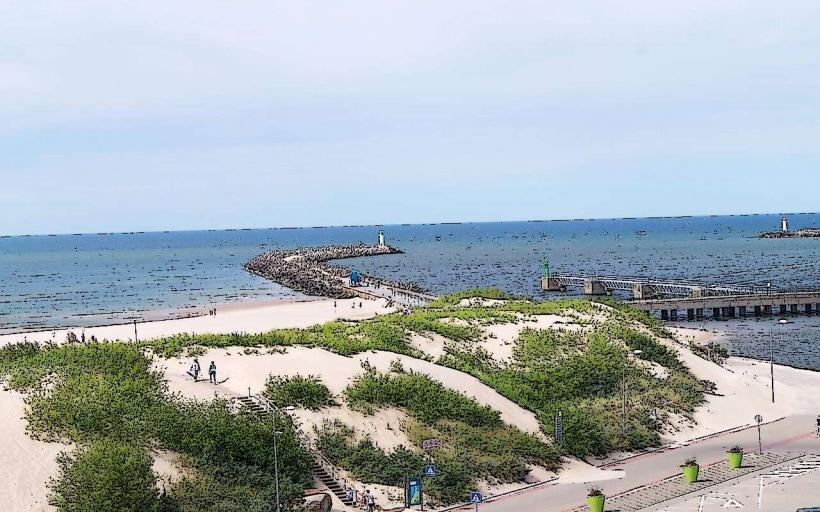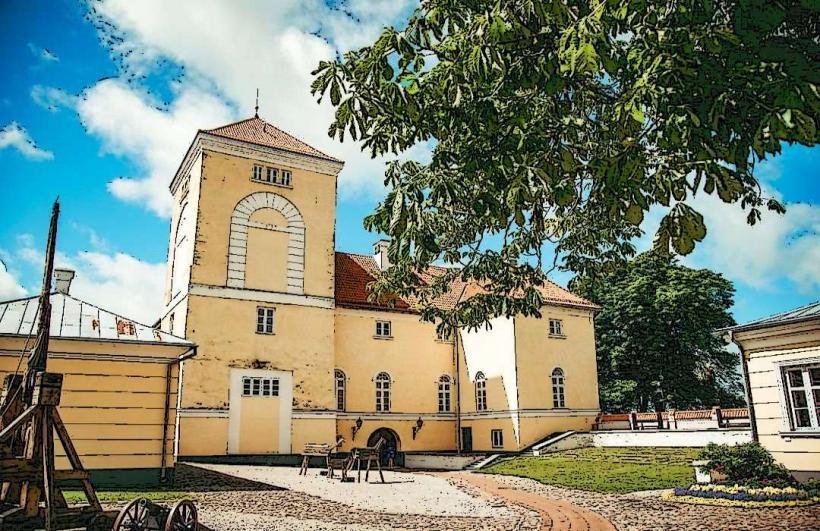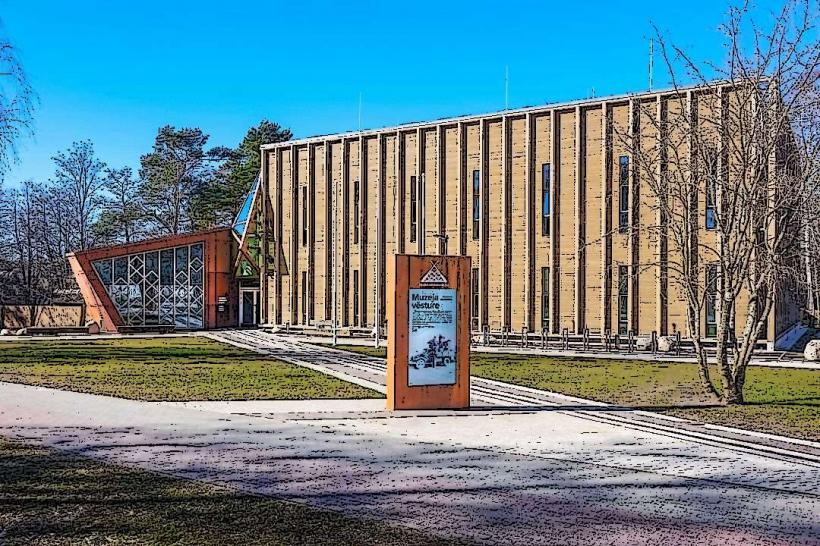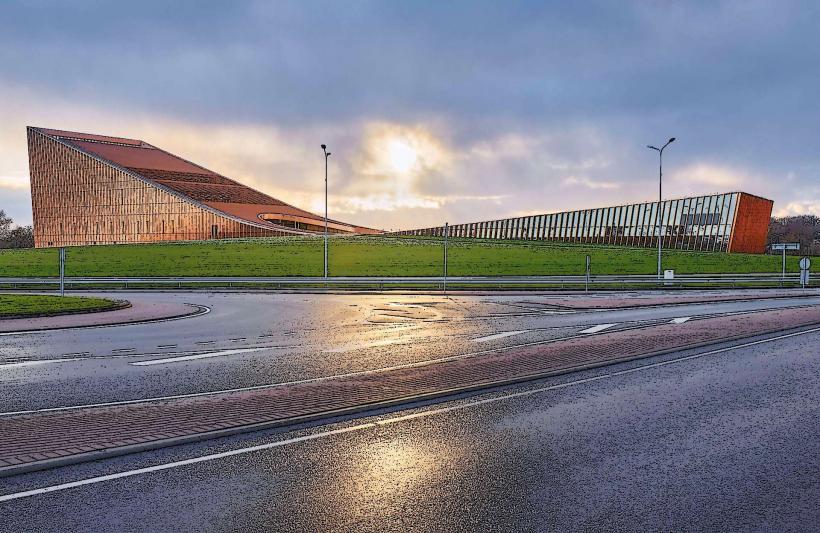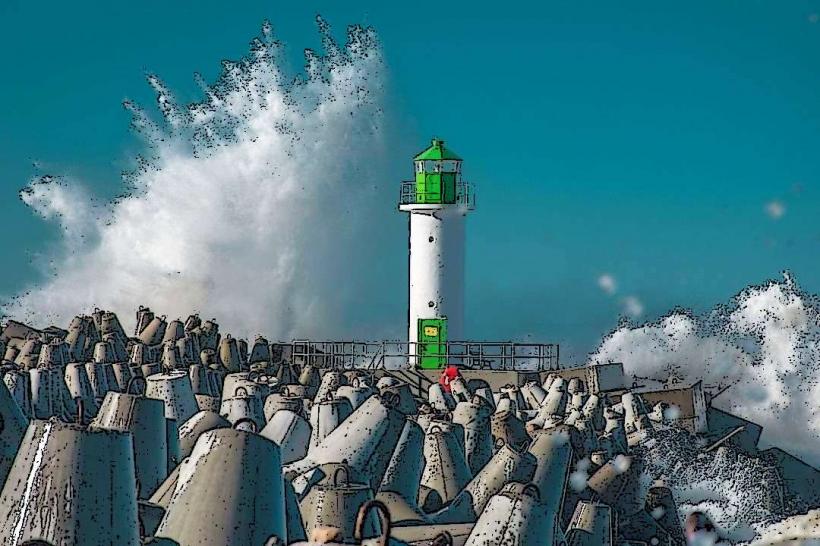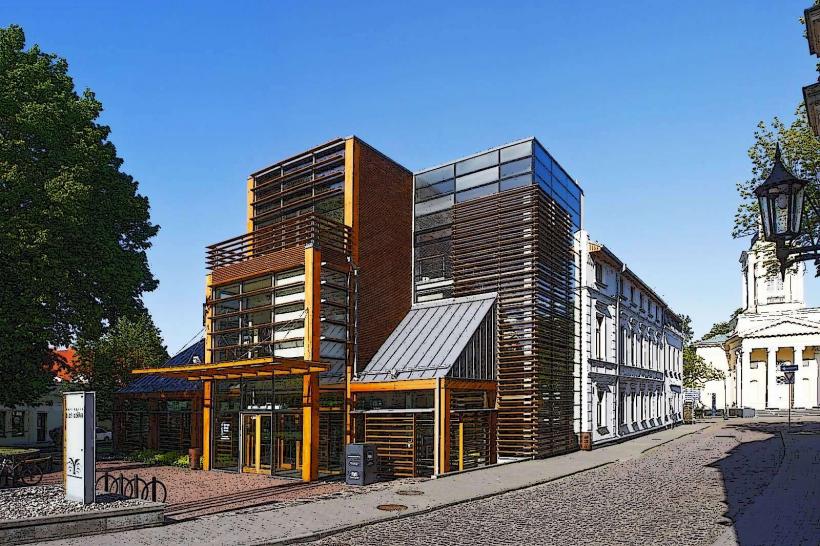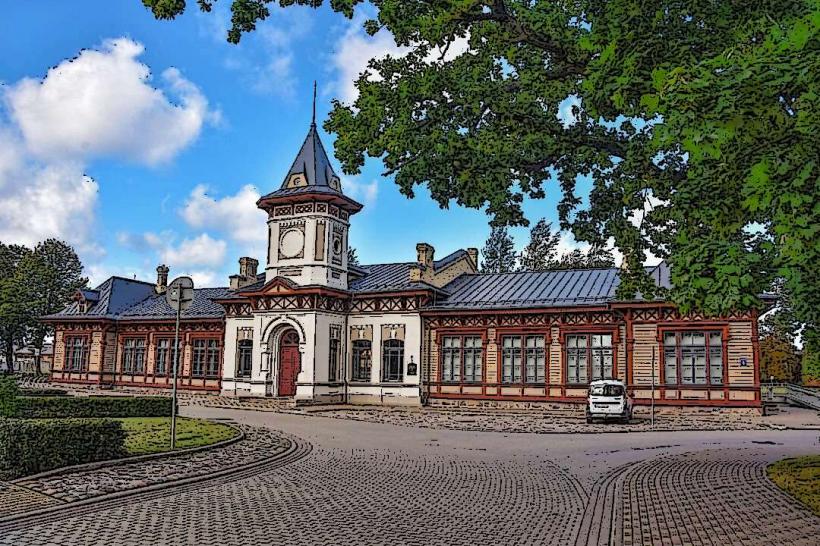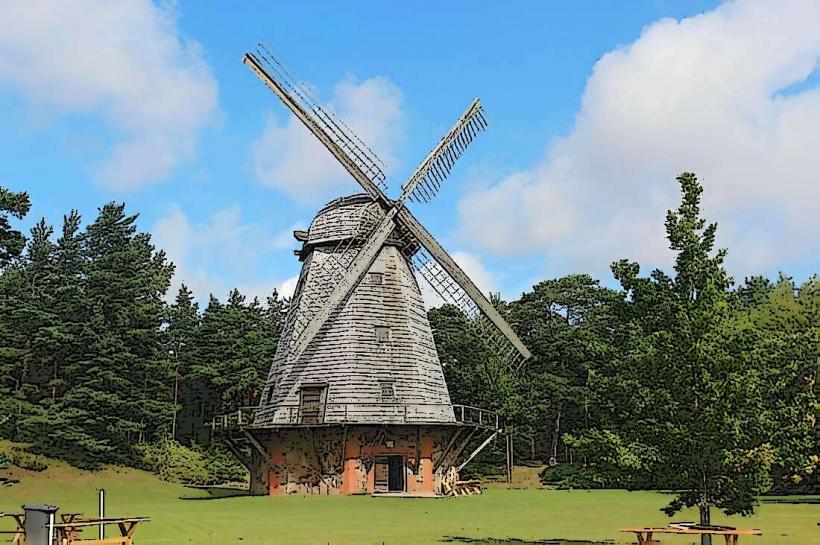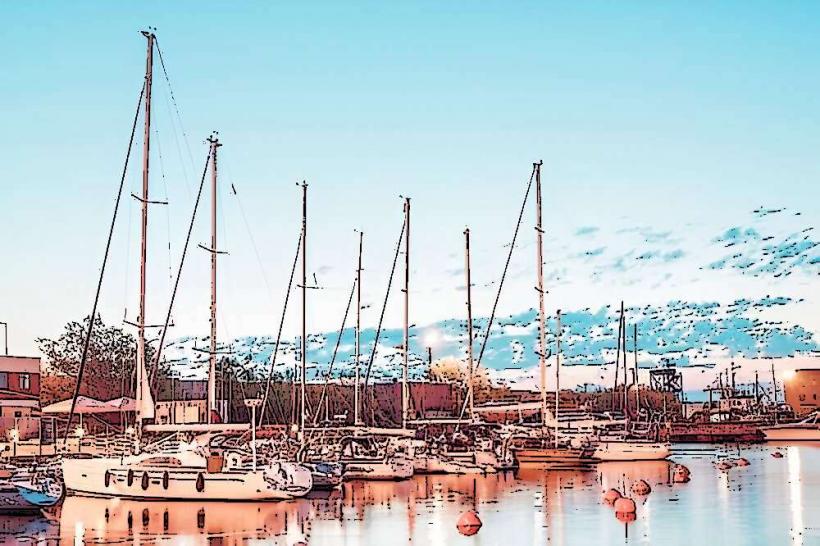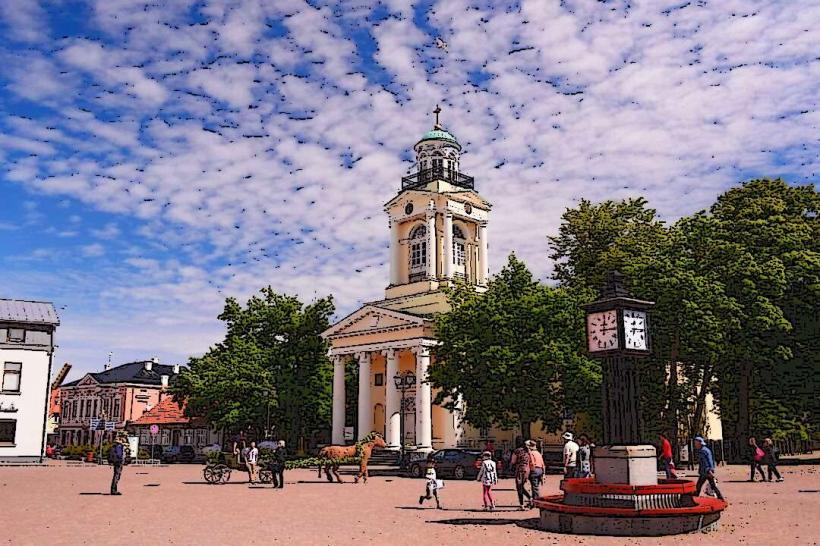Information
Landmark: Ventspils Sea PortCity: Ventspils
Country: Latvia
Continent: Europe
Ventspils Sea Port is one of the largest and most important deep-water ports in Latvia, located on the Baltic Sea in the city of Ventspils. It plays a significant role in the region’s economy, serving as a major hub for international shipping, trade, and logistics. The port’s strategic location on the Baltic Sea, combined with its extensive infrastructure, makes it a key player in Latvia's maritime industry.
Key Features and Importance of Ventspils Sea Port
Strategic Location:
- Ventspils Sea Port is strategically located on the western coast of Latvia, on the Baltic Sea, making it an important gateway for maritime trade between the Baltic countries and the rest of Europe.
- The port is ice-free throughout the year, which gives it a crucial advantage over other Baltic ports during the winter months, allowing for uninterrupted shipping operations even in freezing conditions.
Historical Significance:
- The origins of Ventspils as a port date back to the Middle Ages, when it was a key trading post in the region. Over time, the port developed into a major hub for maritime trade.
- During the Soviet era, the port expanded significantly, becoming one of the largest transit hubs in the Soviet Union, primarily for the shipment of oil and other raw materials.
- Since Latvia’s independence in 1991, Ventspils Sea Port has continued to grow, with modernization efforts and investments in infrastructure to maintain its competitive edge.
Port Infrastructure and Facilities:
- Ventspils Sea Port is equipped with modern infrastructure, including bulk terminals, container terminals, and specialized facilities for handling liquid cargo, dry cargo, and general cargo.
- The port’s facilities are capable of handling a wide variety of goods, such as petroleum products, chemicals, grain, wood products, and metal ores. It is also a key port for the shipment of coal and fertilizers.
- The port has several docks and piers capable of accommodating large ships, with some terminals specifically designed to handle tankers and bulk carriers.
Industrial and Transport Links:
- Ventspils Sea Port is well-integrated with rail and road transport networks, facilitating the smooth movement of goods to and from the port. The port is linked to Latvia's national railway system, which provides access to major cities and industrial centers in Latvia and beyond.
- The port is also connected to the Ventspils International Airport, enabling the transportation of goods by air, especially for high-value or time-sensitive cargo.
- The port's connection to the European Union’s transport network enhances its ability to serve as a key transshipment hub for goods moving between the EU and non-EU countries, particularly Russia, Belarus, and the Commonwealth of Independent States (CIS).
Economic Impact:
- Ventspils Sea Port is a key driver of the local and national economy, providing jobs for thousands of people and contributing significantly to Latvia's GDP. The port supports industries such as logistics, shipping, shipbuilding, and trade.
- The port also plays an essential role in Latvia’s export sector, particularly for industries like agriculture, wood processing, and energy.
Environmental Sustainability:
- The port has implemented various environmental protection measures to reduce the impact of its activities on the surrounding environment. This includes the use of modern technologies to minimize pollution, as well as efforts to improve the energy efficiency of port operations.
- The port is committed to adhering to international environmental standards and regularly monitors its impact on local ecosystems, including the Baltic Sea.
Maritime Safety and Security:
- Ventspils Sea Port has modern maritime safety systems in place, ensuring the safe navigation of vessels, especially during busy shipping periods. The port follows international safety regulations, including those related to hazardous cargo and oil spill response.
- The Ventspils Maritime Safety Authority is responsible for overseeing the safety and security of port operations, including the implementation of emergency response measures in case of accidents or environmental hazards.
Port Expansion and Future Development:
- Ventspils Sea Port continues to develop, with ongoing projects aimed at improving its infrastructure, expanding its capacity, and enhancing its competitiveness in the global shipping market.
- Plans for the future include expanding the port’s container handling capacity, modernizing the port's terminals, and further improving its environmental sustainability initiatives.
Tourism and Public Access:
- While primarily a commercial and industrial port, parts of Ventspils Sea Port are open to the public, with opportunities for visitors to learn about the port's operations and its role in the city’s economy.
- The Ventspils Port Visitor Center provides information about the history of the port and offers guided tours of the port facilities, allowing tourists and locals to gain insight into this crucial part of the city’s infrastructure.
Ventspils Port and the City’s Development:
- The success of Ventspils Sea Port has played a key role in the development of Ventspils as a thriving city. The port’s economic significance has driven investment in other sectors such as transportation, logistics, and industrial development.
- The port’s proximity to other attractions in Ventspils, such as Ventspils Beach, the Seaside Promenade, and Ventspils Central Park, has also contributed to the city's growth as a popular destination for tourists and business investors alike.
Conclusion
Ventspils Sea Port is a critical economic and logistical hub in Latvia, serving as a major port for trade, shipping, and industry in the Baltic region. Its modern facilities, strategic location, and historical significance make it an integral part of the country's infrastructure and economy. Whether it's moving goods across the Baltic or contributing to local employment and development, Ventspils Sea Port plays an essential role in Latvia’s maritime and economic landscape.

